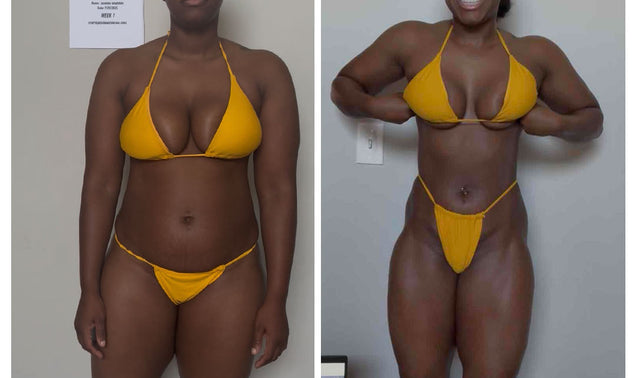So often people take for granted their bodies. It is easy to live in the day, the moment, and never once stop and consider what we do now will determine what we deal with later, especially on a physical level.
The body has many important parts, in actuality, every part of the body is important in its own way. Certain parts however just seem to show us how important they are sadly upon their diminishing state. A huge focus for many people in life is to just keep moving in some way, shape, or form. Martin Luther King, Jr. once said, “If you cannot fly, run. If you cannot run, walk. If you cannot walk, crawl. But whatever you do, keep moving forward”. Now that phrase means more than just moving physically, but in the physical form, if we have the ability to keep moving forward, we then in return have a responsibility to do so because there are folks out there who do not have that privilege to run, walk, or even crawl.
Structurally, when it comes to moving forward, not many parts play as big of a role in that physical process as the knees. Many folks find that as they age, the joints are usually the first parts of the body that start to structurally break down. Much of this is known as a “wear and tear” that has taken place. But many can also agree that it has occurred sooner than later because proper care was not given to those joints during the time of being used.
The knees are the first main joints between the body and the ground. Walking, running, climbing, dancing - the knees bear the brunt of every move we make throughout our lives. When it comes to fitness and bodybuilding, the knees are of course used all the time! Sadly, it is the most active folks in their youth that seem to develop knee issues the quickest as they age. This is because the care for the knees lacked because the performance of the rest of the body was the concern. If you do not tend to the foundation of any structure, eventually the beauty of the building as a whole will begin to wither. Just as the tread on your tires wears away over time, the cartilage that cushions your joints can break down, too. It's a condition called osteoarthritis. And without enough padding, your bones will hurt when they rub against each other.
The sad truth is the cartilage that goes away, cannot and will not come back. The process of arthritis cannot be reversed.
On the opposite side, people who are inactive will develop knee issues as well. If the body is not moving (which it was designed to do), it tends to fall away. The knees are one of the first places to go.
So, some ways to be proactive and reactive to taking care of your knees are:
- Slim down if you're overweight. It will help take stress off your knees and hips. Every pound you lose removes 4 pounds of pressure off your knee.
- Do aerobic exercise. Arthritis pain may make you reluctant to work out, but research shows that pain and stiffness get worse when you aren't active enough. Regular exercise that gets your heart pumping will boost your blood flow, which keeps cartilage well nourished.
- Build stronger muscles around your joints. It can help your body absorb some of the shock that normally goes through your joint when you move around during the day.






